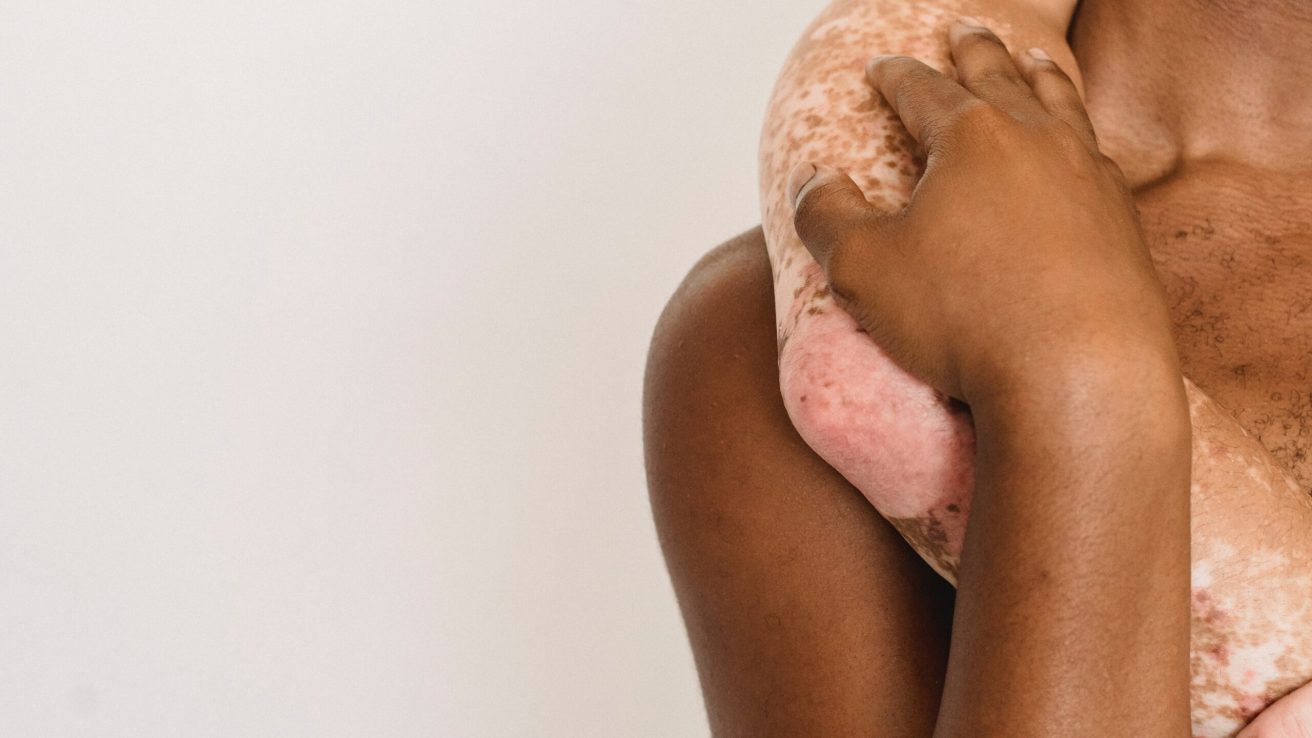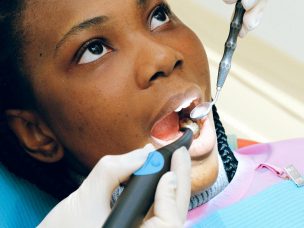This article provides a population-based study about self-reported vitiligo prevalence among adults in the United States, which is especially valuable as a way to understand the rates of undiagnosed vitiligo.
The prevalence of vitiligo in the United States population, as it relates to various demographic subgroups, can be a good way of understanding public health-related risk factors, as well as providing insight into where treatments can be targeted to impact the most people. This study, published in JAMA Dermatology, describes the result of a cross-sectional population-based study that provided prevalence estimates of all vitiligo, including segmental, non-segmental, diagnosed and undiagnosed cases.
This population-based study of adults was administered via an online survey between December 2019 and March 2020. A representative sample of adults aged 18 to 85 was recruited using a stratified proportional sampling design from general population panels. Three expert dermatologists reviewed the participants’ self-reported vitiligo symptoms by reviewing photographs provided by the participants and using a telemedicine app that was designed specifically for this study. This methodology allowed for understanding the prevalence of diagnosed, undiagnosed, nonsegmental, and segmental vitiligo.
Among the 40,888 total participants, the mean age was 44.9 years, with 56.7% female participants. The total self-reported vitiligo prevalence was 1.38%, and the clinician-adjusted prevalence rate was 0.76%. Further details relating to segmental and nonsegmental vitiligo prevalence are also provided, with the clinician-adjudicated vitiligo prevalence being lower than the self-reported amount in every case in which it was provided. The researchers note that the findings in their report indicate that as many as 40% of all adult vitiligo in the United States may be undiagnosed. However, they note that it is important for future research to account for the different racial, ethnic, and socioeconomic demographics related to undiagnosed vitiligo in particular.
Reference
Gandhi, K., Ezzedine, K., Anastassopoulos, K. P., Patel, R., Sikirica, V., Daniel, S. R., . . . Pandya, A. G. (2022). Prevalence of Vitiligo Among Adults in the United States. JAMA Dermatol, 158(1), 43-50. doi:10.1001/jamadermatol.2021.4724










